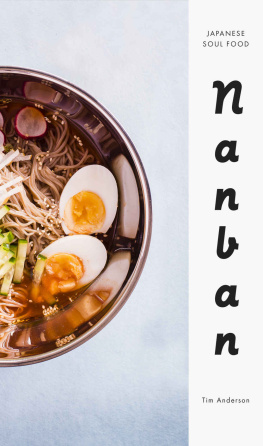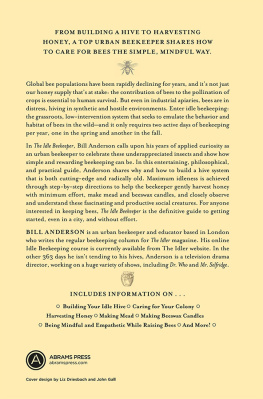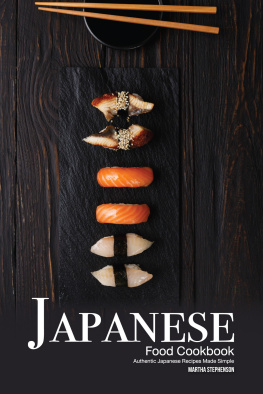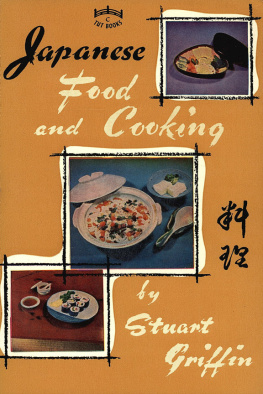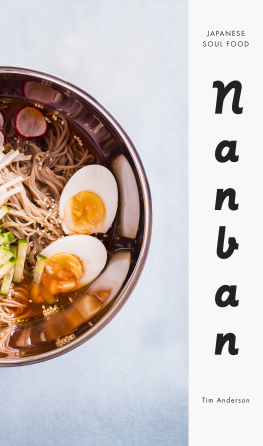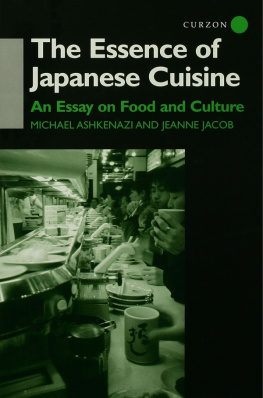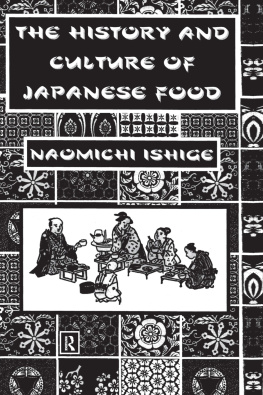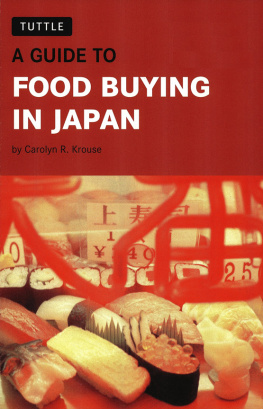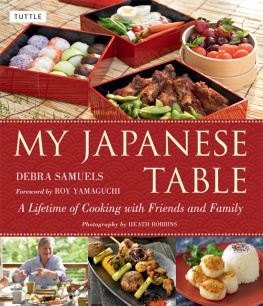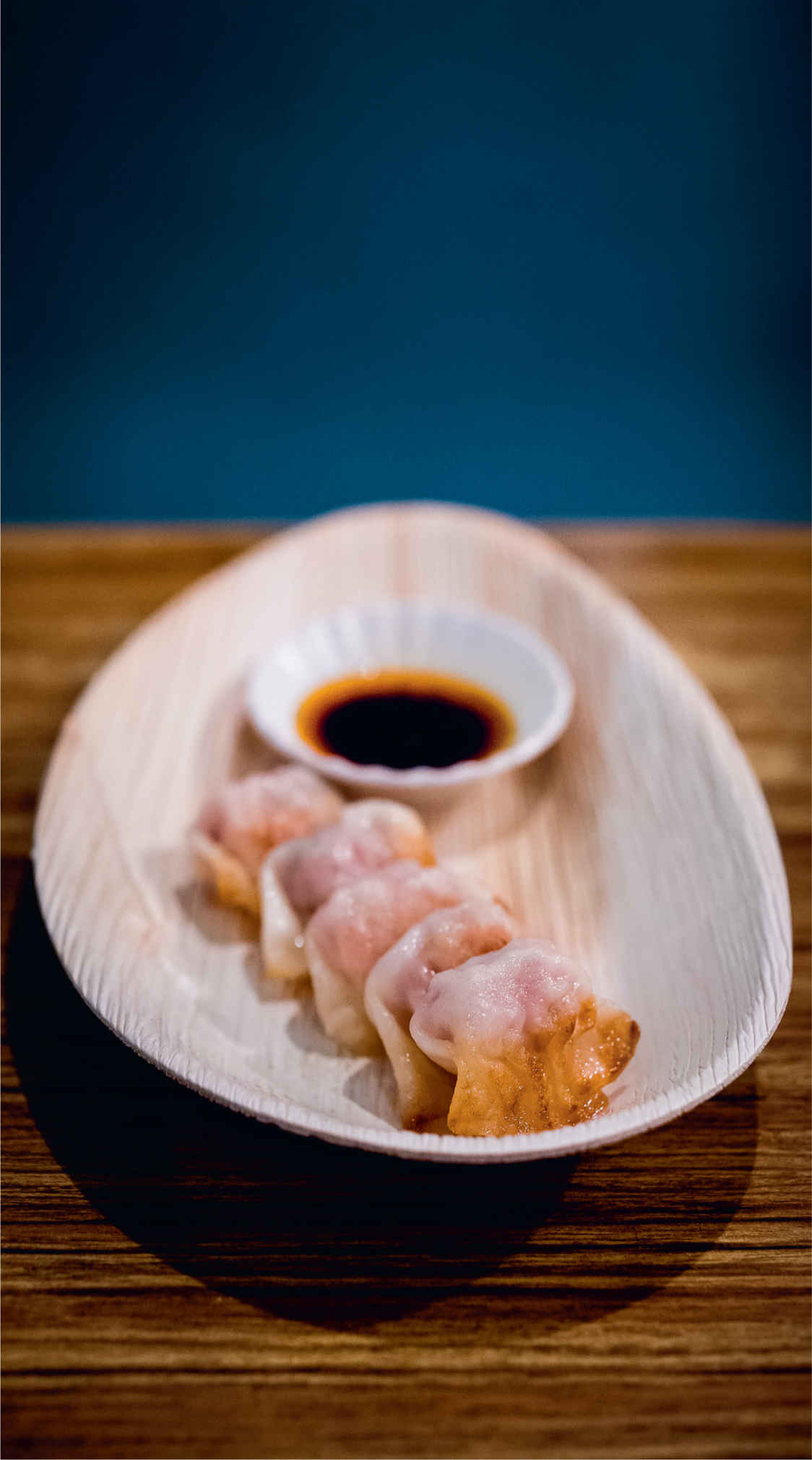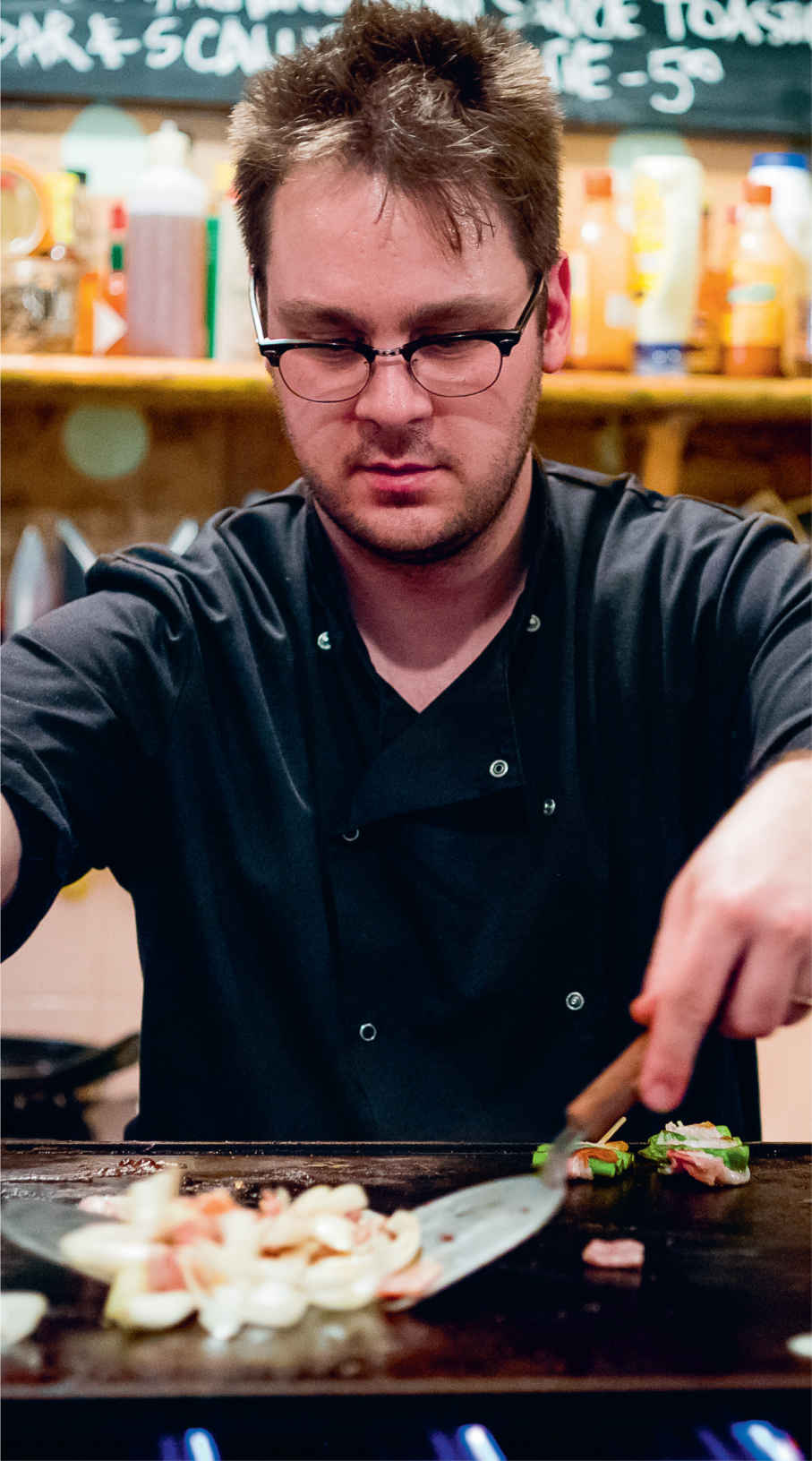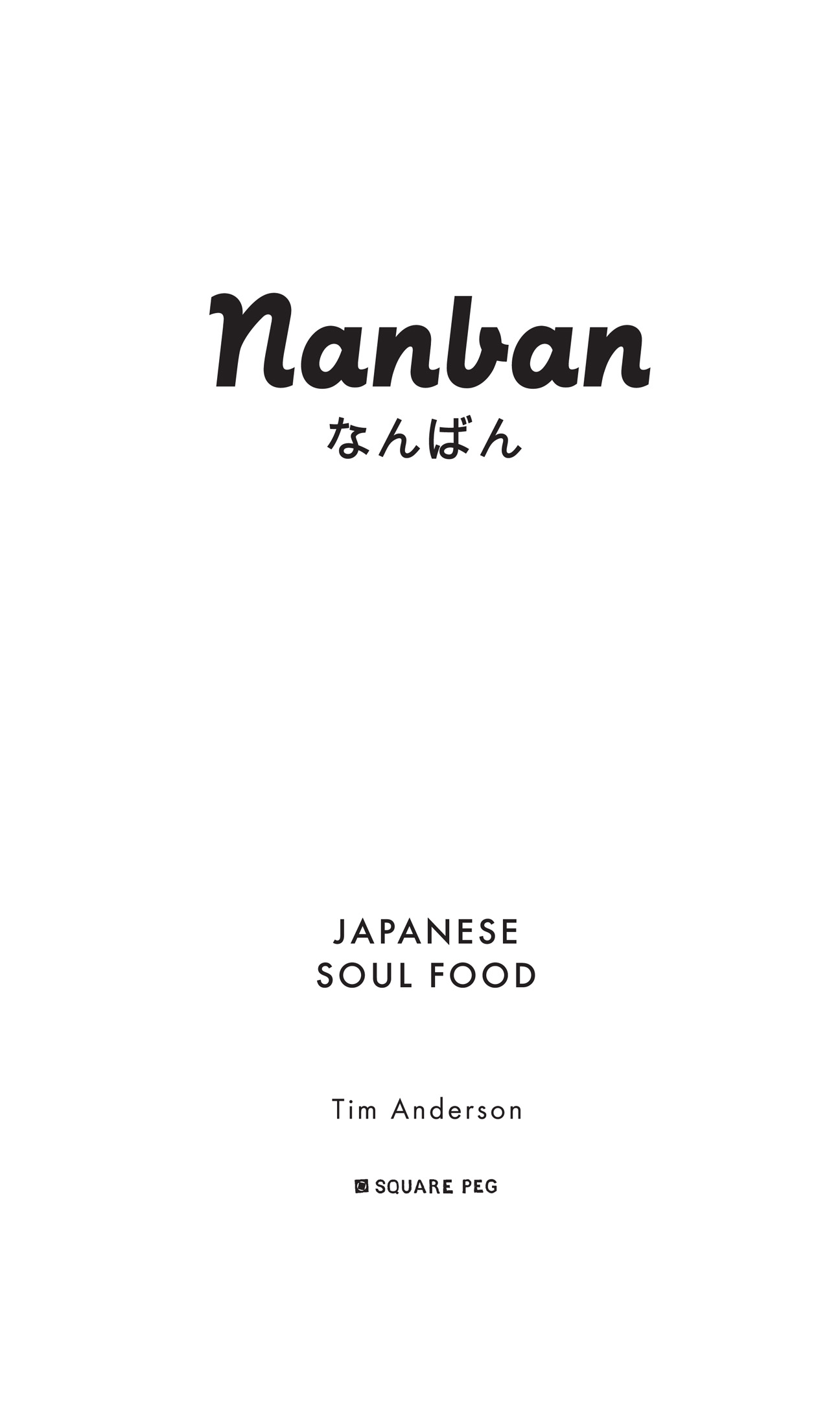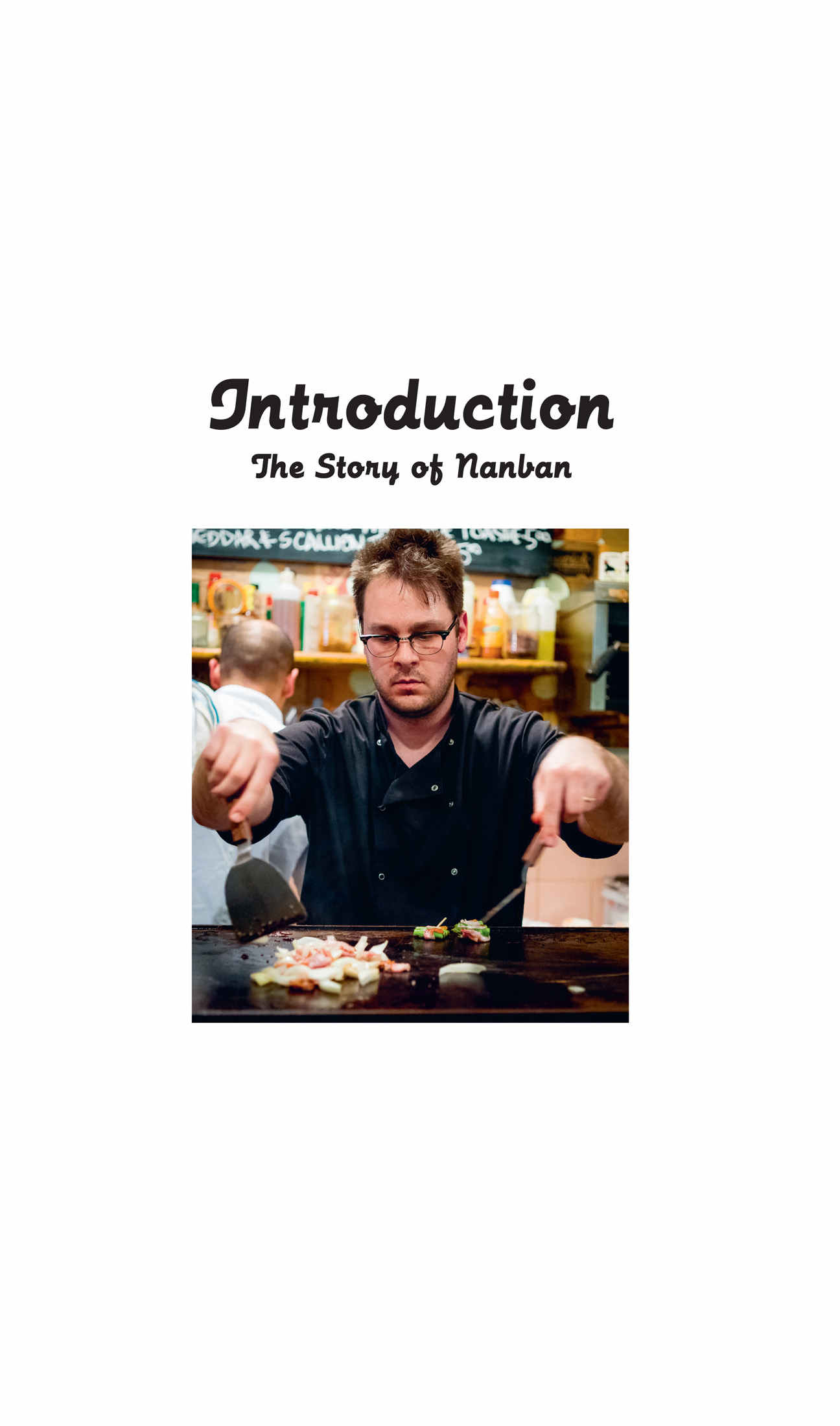Japanese Soul Food is all about punchy flavours and moreish comfort food. Think a bowl of ramen overflowing with toppings and texture and flavour, gyoza full of umami and spice, or the meltingly soft pork belly buns popularized by Momofuku in New York. Currently exploding on the UK scene by way of street-food, ramen bars and easy-going eateries, this is the antidote to typical Japanese restaurant cuisine.
In Nanban, Tim Anderson brings us the best of Japanese Soul Food. From the Sasebo Burger to Japanese twists on Fried Chicken the book is full of unexpected treats. There are chapters on sauces, small dishes, large dishes, grilled items, ramen, desserts and drinks; Tim explains Japanese ingredients, how to get them, and how to substitute if you cant; and he includes easy recipes for beginners as well as a couple of bigger projects for food geeks.
Nanban means Southern Barbarian in Japanese and it is what they dubbed the first European settlers. It is a fitting title for Tim Anderson whose passion for taking risks and soulful food saw him win MasterChef with a burger recipe. Nanban also describes all that is good about the Soul Food recipes in this book: bold flavours, hearty dishes, and unrefined deliciousness.
Tim Anderson is a Wisconsin-born chef working in London. Interested in Japanese cuisine from an early age, Anderson went on to study Japanese food history at university, and then to live in Japan on a working holiday for two years. Since then he has moved to the UK to be with his wife, and won MasterChef in 2011. He is now the proprietor and executive chef of the pop-up restaurant Nanban.
For Japanophiles
everywhere
Like any other state, Wisconsin has its own unique gastronomy. But when I was growing up, it didnt feel very unique. My states local specialities mostly of distant Germanic origin never seemed all that local, or all that special. What I ate as a kid and a teenager seemed exactly like my hometown: boring, broad and generic.
Which is not to say I didnt like it. I always did enjoy macaroni and cheese, bratwurst, Danish pastries and sauerkraut. Thats good eatin. Now that Im an old man, I get nostalgic for stuff like that. But back then I was restless. I knew there was more out there, and I wanted to taste it.
I knew there was more because when I was 14, I got hooked on a Japanese TV show called Iron Chef , wherein elite chefs challenged the even more elite Iron Chefs to 60-minute cookery battles centred on a secret theme ingredient. These ingredients ranged from the mundane (milk) to the luxurious (lobster) to the unheard of ( konnyaku wtf?).
The show was regularly ridiculed by the mass media, as it was by my friends and family. To be fair, there was a lot to make fun of. The host (or chairman, as he was officially known) dressed and behaved kind of like a Japanese Liberace. The commentary was dubbed in awkwardly translated English, like an old kung fu movie. And the dishes that the chefs produced were frequently outlandish, at least by Middle American standards. I recall a number of seafood-based ice creams, which nowadays have become pass thanks to countless Adri and Blumenthal imitators (myself included). But back in 1999 in Wisconsin, sea urchin gelato seemed positively insane. An Iron Chef parody on Saturday Night Live featured eel farts, which goes to show just how bizarre many viewers found some of the food.
Nobody in Wisconsin had ever seen anything like it, and I was enthralled. I remember watching with wide-eyed horror as an Iron Chef cut the head off an enormous live octopus as it flailed and grappled for its life. I swooned over the cute and talented Kumiko Kobayashi, a rare female challenger in the high-tension Mishima beef battle. I learned about cheffy ingredients like foie gras, swallows nest and caviar. It was entertainment first and foremost, but it was also an education. Or at least the start of one.
Iron Chef appeared around the same time that I started to discover other aspects of Japanese pop culture: Nintendo, J-pop and anime. One day, as my friend Justin and I perused videos and video games at the mall, he matter-of-factly proclaimed: Japanese stuff is cool. That simple truth instantly lodged itself in my brain. I developed a love for all manner of things Japanese, with a particular passion for Japanese cuisine. I was enamoured with it or at least I tried hard to be. Truth be told, I didnt love sushi at first. I thought the textures were weird, I didnt fancy the flavour of seaweed and I found much of it pretty bland.
I made frequent sushi-eating trips to Milwaukee and Chicago in attempts to acquire a taste for it. Its an odd thing, to work really hard at making yourself like something, and I dont think its something many people do. But it would have been incongruous, and weird, to like Japanese food in theory but not in practice. So I soldiered on, stuffing my big American face with dainty pieces of raw tuna, deep-fried prawns and fake crab.
Ultimately, of course, I did acquire a taste for sushi, and by the time I graduated from high school I had a basic working knowledge of Japanese food. That knowledge developed further on my first holiday to Japan, which came as a graduation present from my parents in the summer of 2002. I was accompanied by my dad and my oldest friend Justin, the same one who had planted the Japanophilia seed in my fertile brain.
I wish I could say that I loved every mouthful of food I tried, but in reality I was totally inexperienced with authentic Japanese cuisine, so found some of the flavours and textures off-putting. I recall buying a bottle of green tea that tasted so briny I was convinced it was brewed with seaweed, and my first sashimi dinner was a chewy struggle. But, I fell in love with Japan it surpassed my greatest expectations and I remained excited and intrigued by its food, even if I hadnt quite gone native in terms of my tastes.
Of course, there were certain dishes Id come to love unconditionally, like fried rice, gyoza and just about anything grilled on a stick. By age 18, my enthusiasm for Japanese food was as much a part of my personality as anything. But when youre in Wisconsin, you can only really scratch the surface of Japanese gastronomy. There just isnt much there. Largely for that reason and also because I knew I was way too cool for my stupid boring podunk hometown I decided to go to college in California, Americas gateway to Japan.

